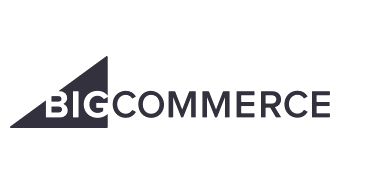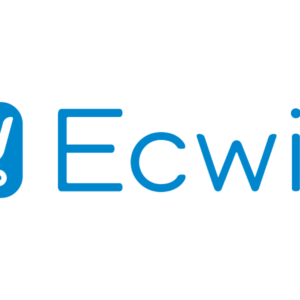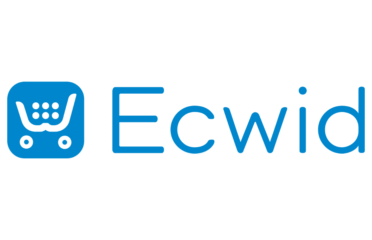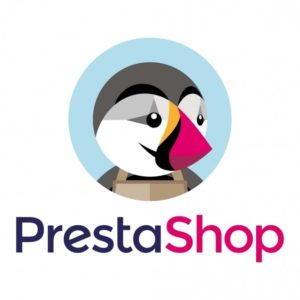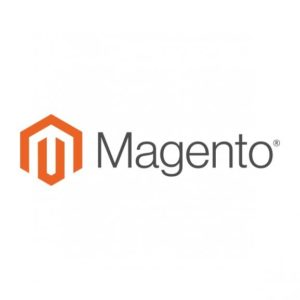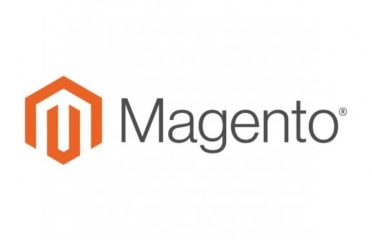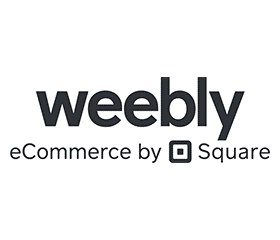The number of digital buyers reached two billion in 2020, and eCommerce sales exceeded $4.2 trillion (US). By 2022, sales should top $5 trillion (US). With 70% of online visits coming from smartphones, merchants need an eCommerce platform that includes more than a product catalog and payment processing. They need a solution that supports mobile delivery channels.
As online sales volumes grow, so do the number of eCommerce platforms, making it difficult to sort through the available options. However, finding the right platform is central to a successful online buying experience. So, how can merchants know which solution is the right one?
What Are eCommerce Platforms?
eCommerce platforms enable the buying and selling of goods and services using digital communications. The solutions present information to aid consumers and businesses in making buying decisions and to provide merchants with connectivity to accept electronic payments.eCommerce software supports an interactive self-service interface that at a minimum should include:
- Storefront
- Product Catalog
- Shopping Cart
- Checkout
Platforms should support connections to a payment gateway with the ability to create customer accounts. Other features may help merchants analyze their customer base and identify operational inefficiencies.
How Do eCommerce Platforms Work?
eCommerce platforms consist of four essential components.
- An interactive web application that sends and receives requests to the computer hosting the online storefront.
- An order manager that coordinates the process from submission to completion.
- Databases that maintain inventory levels and customer information.
- Payment gateways that process transaction requests.
These four components combine to deliver a satisfactory online shopping experience. The following steps outline how an online purchase works.
- Jim and Sally find end tables that they want to buy on a merchant website.
- They navigate to product pages for details before placing the tables in their cart.
- The order manager queries the inventory database for their availability.
- The order manager may provide an estimated delivery time if the items are in stock or indicate when the items will be in stock to the web server.
- The web server displays the information.
- Jim and Sally place their order since the end tables are in stock.
- The order manager passes payment information to the payment module (sometimes called the merchant system).
- The payment interface forwards the payment information to the appropriate financial entity for authorization.
- The order manager returns an approval to the web server.
- The web server delivers an “order placed” message to Jim and Sally.
- The order manager may notify a warehouse or fulfillment center of the order based on the payment approval.
Precisely how the process works depends on the eCommerce platform. Some solutions operate as marketplaces such as Amazon and eBay, while others allow merchants to license an online storefront. These software-as-a-service (SaaS) solutions are the foundation of eCommerce platforms.
Why Use eCommerce Platforms?
eCommerce platforms come with built-in features that allow even the smallest merchants to deliver exceptional buying experiences. Without the ready-made eCommerce platforms, companies can spend thousands of dollars developing their eCommerce solutions. A basic website can cost as much as $60,000 (US) and lack many features that SaaS solutions provide, such as:
- Product catalogs to showcase products
- Search Engine Optimization for greater visibility
- Automated payment processing and inventory management
- Checkout and shopping cart management
- Data collection to chart consumer buying habits
- Worldwide market
For many merchants, a ready-made platform provides the essential features and functionality at a minimal cost.
What to Look for in an eCommerce Platform?
The exact number of eCommerce platforms changes daily. New solutions seem to appear overnight, making it challenging to decide on the right one. Here are seven features to look for in an eCommerce platform.
Ease of Use. The platform should match the business’s technical skills or ability to learn. With everything that’s involved in running a business, learning how to use an eCommerce platform may take time away from other duties.
Payment Processing. Make sure the platform offers a range of payment options such as PayPal and Apple Pay in addition to credit and debit cards.
SEO-Enabled. Retailers can’t sell if they can’t be found. The right solution should allow the company name, brand, products, or services to show in search results. Customer reviews can add to SEO results.
Analytics. Knowing customer behavior means understanding their average order size, their lifetime value, and churn rate. A platform should provide analytics on key performance indicators (KPIs).
Integration. eCommerce solutions may not offer all the functionality you’d like, but they can offer APIs that let third parties integrate into the platform.
Mobile Capable. With 70% of site visits coming from smartphones, the platform must provide a mobile solution.
Support. Providers should offer multiple channels of support, including self-help services such as knowledge bases and forums. Check that they provide the type of support you prefer, such as live chat, email, or phone.
Pricing. Most companies offer a free version of their platform. For some, it is a 14-day trial, while others include a free base plan. In most instances, merchants must upgrade to a paid plan to enable eCommerce features.
Of course, any platform must offer the basics of storefronts, order managers, inventory databases, and payment processing. If they don’t have the basics, the rest of the features do not matter.
What Are the Pros and Cons of eCommerce Platforms?
The primary reasons merchants move to eCommerce platforms are low cost and expanded markets. An online store will cost considerably less than renting a retail space, and it can attract a worldwide customer base. However, an eCommerce solution does have its downsides. Here are a few of the pros and cons of using an eCommerce platform.
Advantages
- Low-Cost. Startup costs are usually less. Developing a custom storefront or leasing a retail space can run into the thousands. Ongoing costs can remain low, depending on the chosen platform.
- 24/7 Sales. Virtual storefronts never sleep, meaning a business is always open. There’s nothing better than waking up to more sales.
- International Sales. Not only can merchants reach more domestic customers, but they can also extend your customer base to encompass the world.
- Information on customers can improve a company’s products or services. It can also display customer behavior and provide insights into how to improve business operations.
- As businesses grow, so does their storefront. With online shopping platforms, companies do not need to look for a new location or warehouse space. Upgrades are always possible with an eCommerce solution.
Disadvantages
- If the internet connection goes down, so does the business. Although connectivity has become more reliable, it is still a consideration when looking at moving online.
- No try before buying. For some products, the inability to interact with the product in the physical world is detrimental, especially if consumers are hesitant to purchase items online.
- Very Competitive. There are almost 8 million online merchants in the world, with 2 million of them in the United States. Getting noticed is going to take plenty of long hours and lots of patience.
- Costs for shipping merchandise are the most costly expenses for most online merchants.
- Consumers are fickle, and it can be difficult to establish brand loyalty for a virtual-only merchant.
Knowing the pros and cons of using an eCommerce platform lets merchants decide if being an online merchant is right for them. They can also highlight what features are critical to business success.
Here is a list of the top vendors in the eCommerce platform space.
Final Thoughts
Deciding on the right eCommerce platform can be overwhelming. With so many options, it can become paralyzing. Before looking into all the detailed features, determine your price points and technical skill. Those two factors can reduce the options quickly.
- If you do not have technical skills, can you afford to pay for technical development? If not, most open-source solutions will not be a good fit as they typically require users with some level of programming experience.
- How much can you afford? Because each solution is priced differently, be sure to ask what is and isn’t included in the base price—also, factor in the cost for needed add-ons or extensions. Remember to include the monthly license fee, transaction costs, and site hosting charges.
No matter the requirements, there’s an eCommerce platform to match your business needs; however, take the time to scrutinize the options before committing to a platform.






